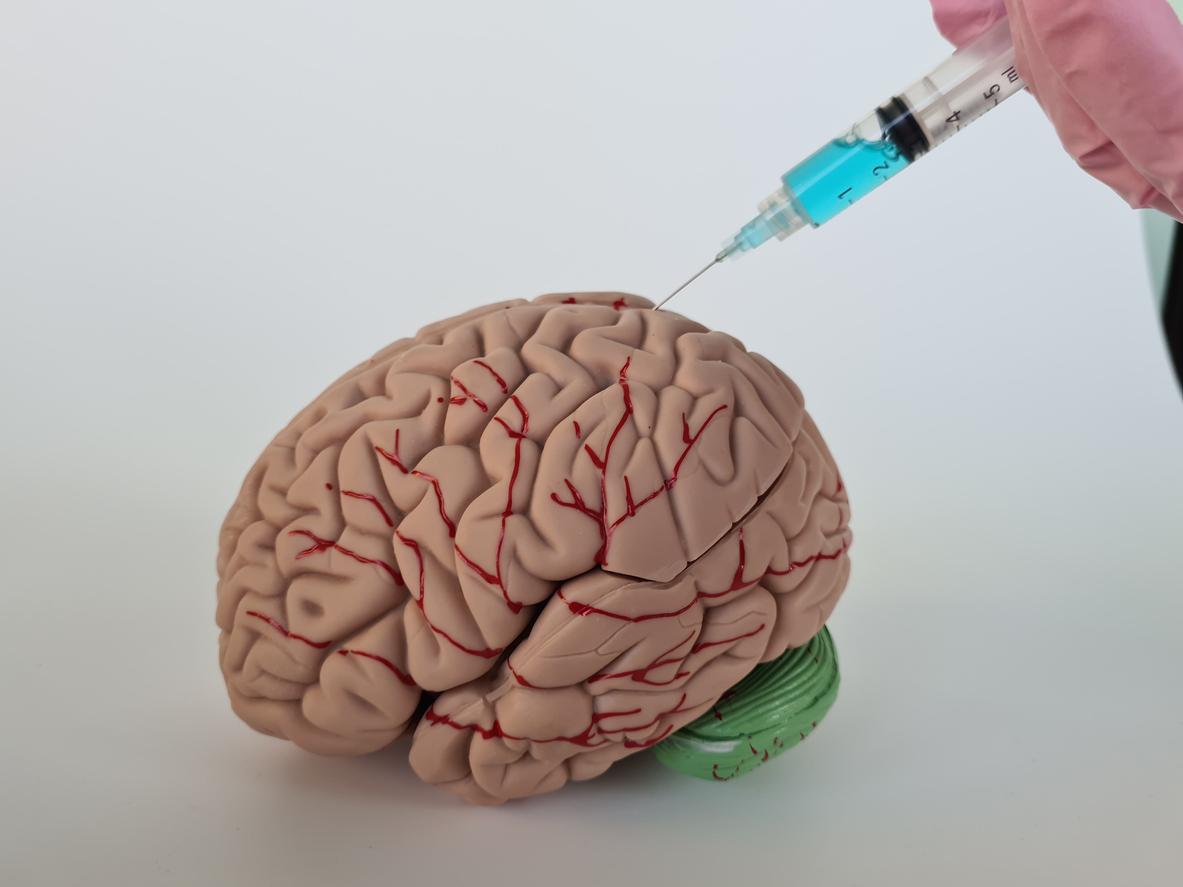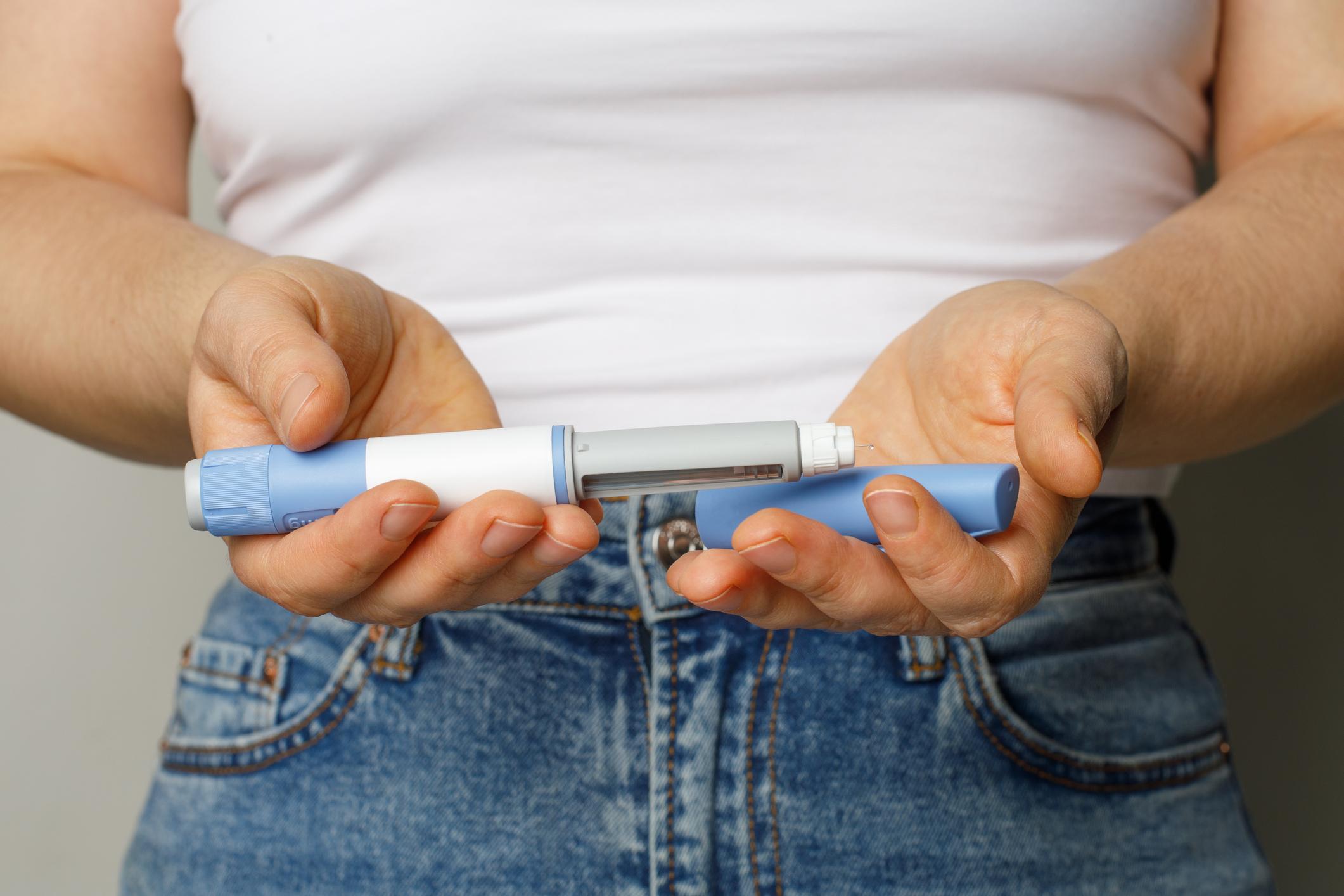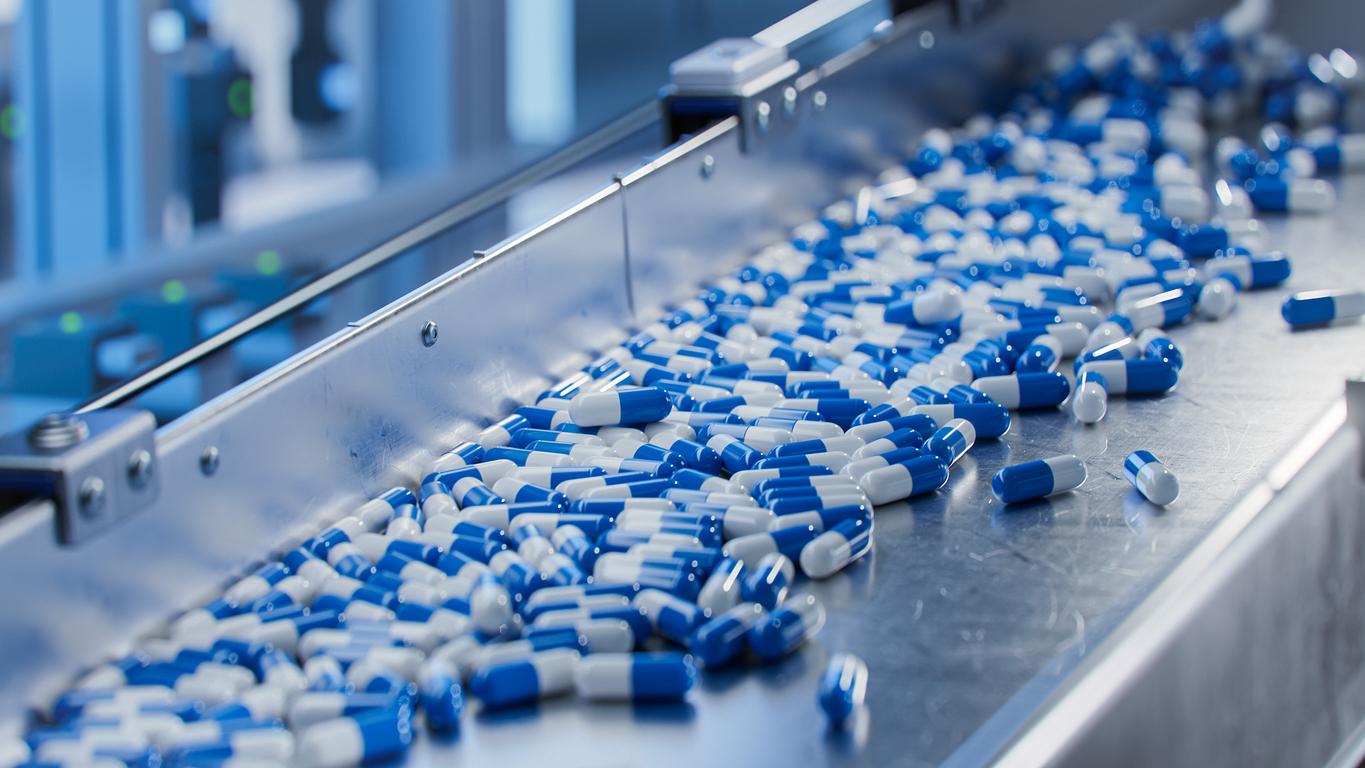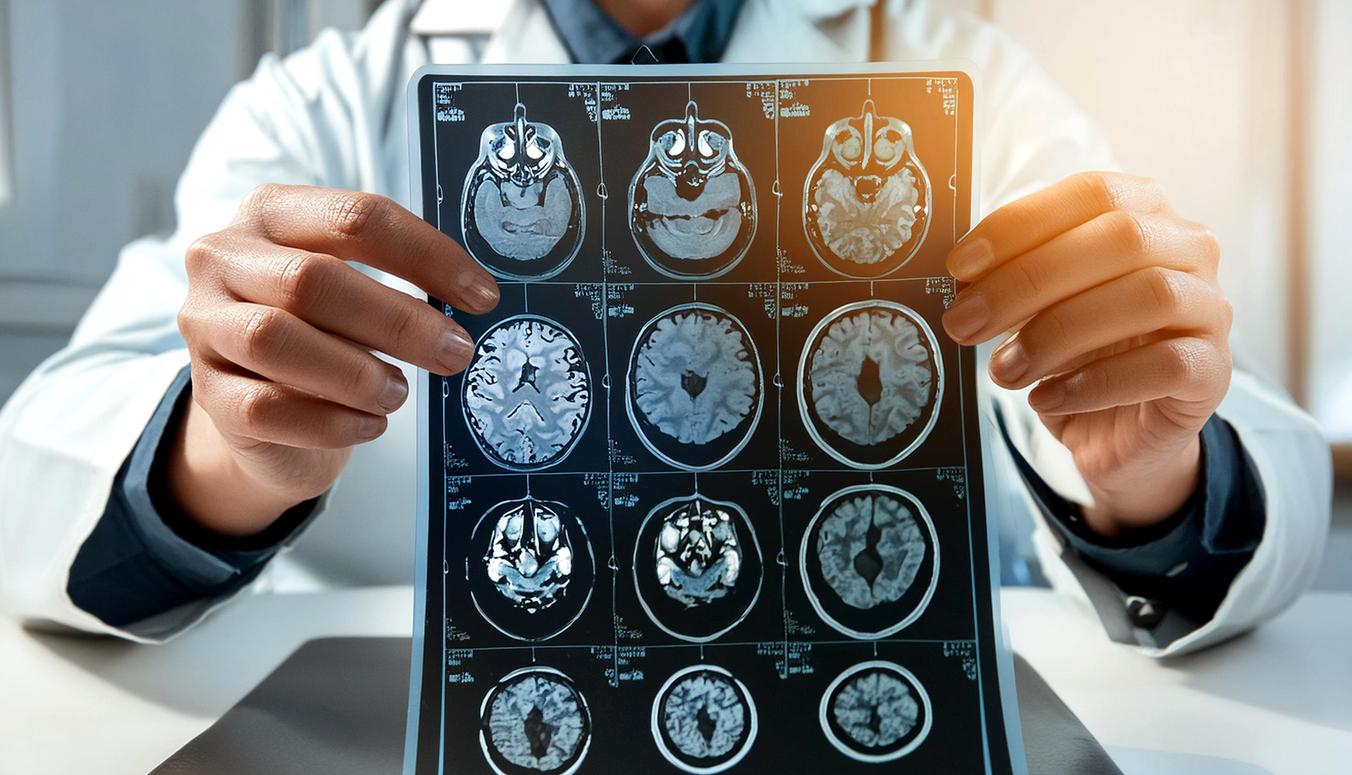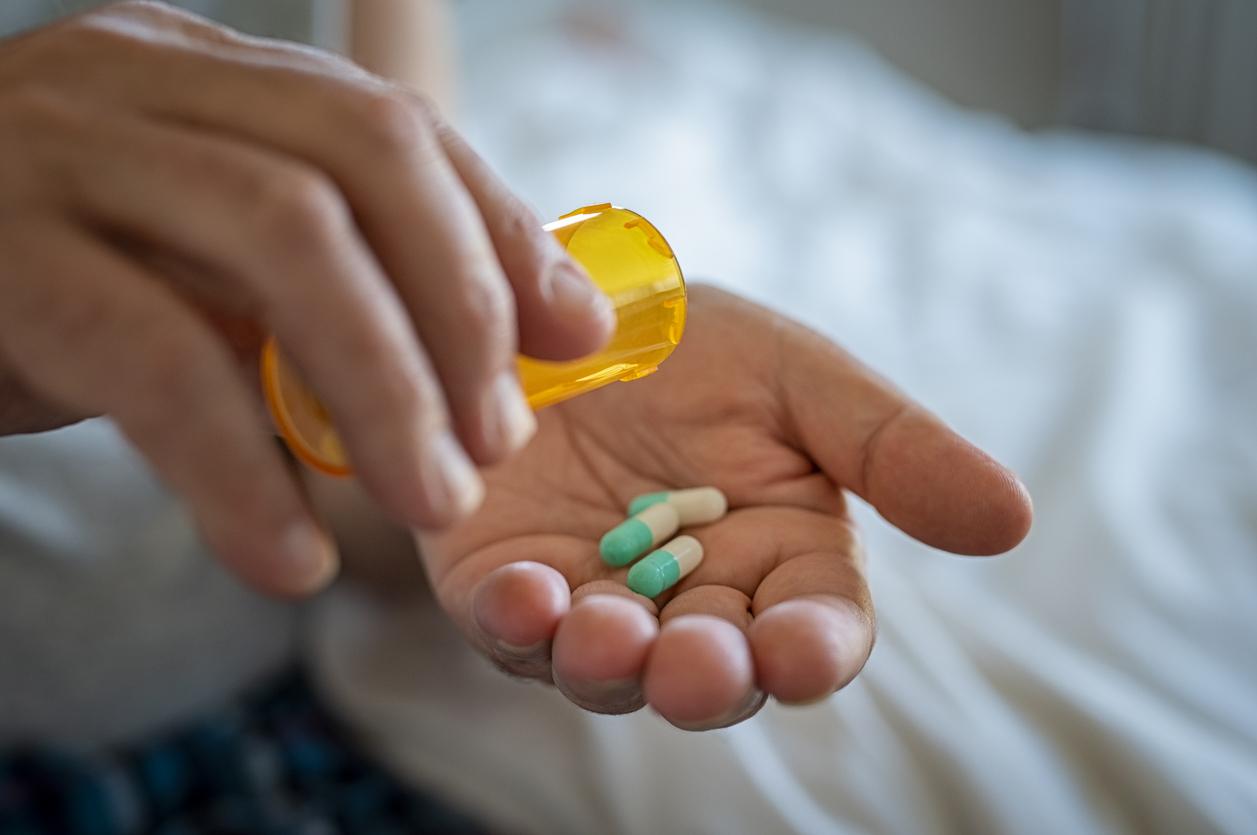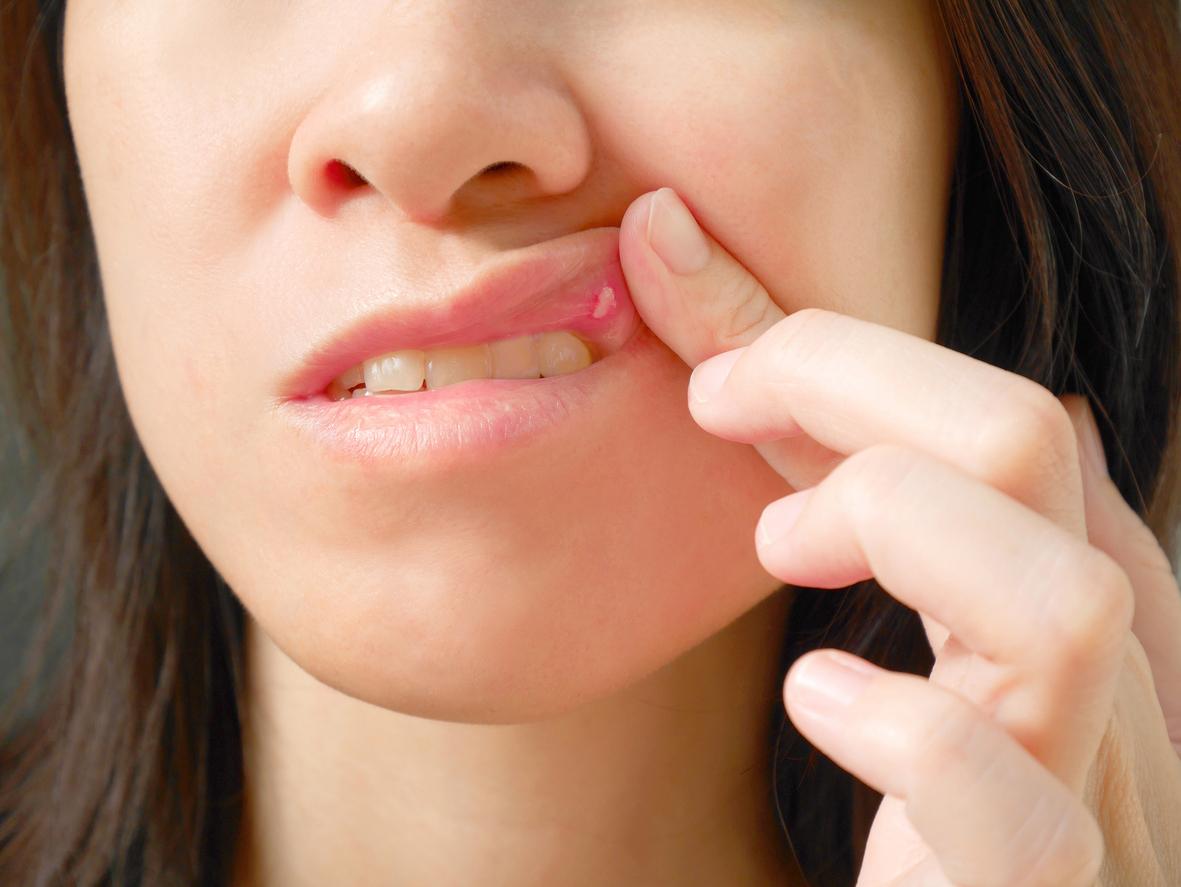While the use of stem cell treatments is exploding in the United States, researchers insist on the lack of reliable evidence as to their effectiveness. And this, particularly in certain areas.
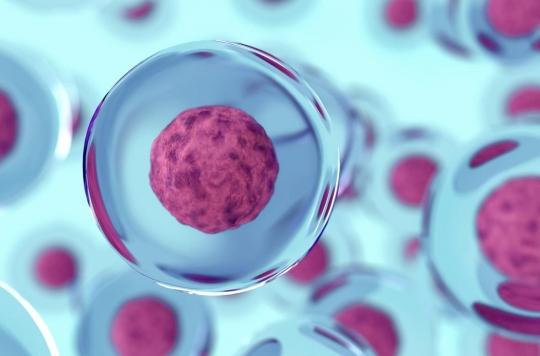
Six years after his ski accident in the Alps, Michael Schumacher, still in a coma, received stem cell treatment at the Parisian hospital Georges Pompidou at the beginning of September. Nevertheless, his doctor insisted on recalling, in the columns of the Italian newspaper La Repubblicathe uncertainties that weigh on this care protocol.
The Formula 1 champion is receiving treatment at a cardiovascular surgery ward, but the stem cell treatment raises questions in other areas as well, including tissue scarring in the shoulders and elbows. Indeed, two critical reviews published in the Log of Shoulder and Elbow Surgery recommend further studies regarding stem cell therapy in this area. Evidence of effectiveness is too weak or controversial.
Treating osteoarthritis, tendinopathy with stem cells
Stem cells have extraordinary potential because they can give rise to all types of cells: skin, heart, muscles. We have it in small quantities in the bone marrow, the umbilical cord, the amniotic fluid, the fat, the skin, or even the blood. They allow us to repair our injured organs. Since stem cell therapy has developed, it has been used in particular to improve wound healing and reduce symptoms of elbow and shoulder injuries, such as osteoarthritis, tendinopathy and ligament damage. However, doctors and patients still don’t know what really works and what doesn’t.
The desire to inform doctors as well as possible
The authors of the present study therefore wanted to provide doctors with reliable information concerning the frequency of use of this type of treatment. To do this, they examined several types of biological agents, such as the use of platelet-rich plasma or stem cells from bone marrow. The researchers also analyzed which types of biological treatments are most used to treat common shoulder pathologies: rotator cuff tears, knee osteoarthritis, tendinopathy.
“There is an urgent need for strategies to improve rotator cuff tendon healing after surgical repair, and methods to reverse the progression of muscle atrophy that occurs in patients with rotator cuff tears. rotators”, explain doctors James B. Carr and Scott A. Rodeo, researchers in New York (United States). They continue: “The shoulder is therefore an area in which the layer cells are particularly attractive”.
Recommend additional studies
Ditto for the elbow, where platelet-rich plasma (PRP) is quite widely used, especially in the case of “tennis elbow”, an inflammation of the tendons which connect the hand to the elbow and serve to flex the wrist. For the authors of the study, additional studies are needed to determine the optimal conditions for administering this type of treatment. In addition, specialists themselves have a role to play in their opinion: “It is essential that orthopedic surgeons show leadership in this area and work to develop guidelines and policies relating to the use of agents A rigorous approach to regenerative medicine, maintenance of clinical standards and research is needed to move the field forward,” they conclude.








